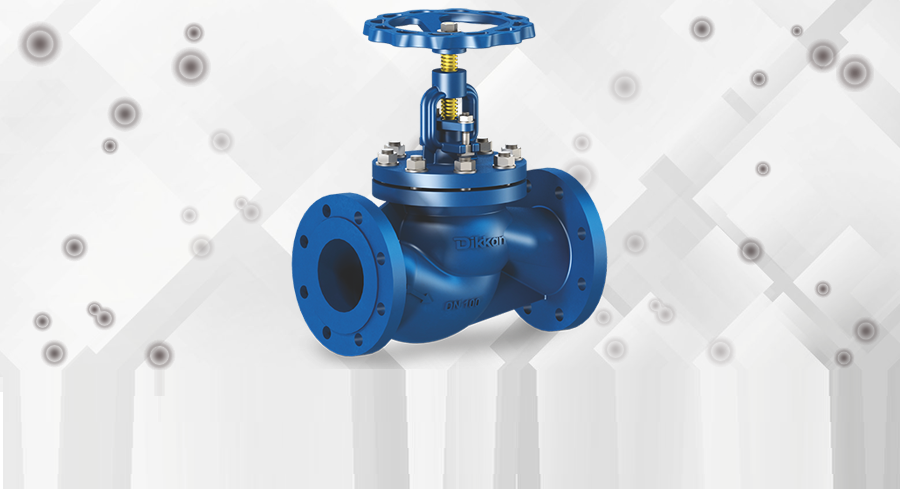The Next Popular Trim Material Into The Future Along

Parallel gates will also be used in some questionable, warm steam applications, in lessening the possibility of locking the disc inside the closed position as a result of radical difference in temperature.Regardless of disc design or type, the gate valve at stvvalves closure element must appear in perfect hitting the ground with seats from the valve body. The body seats could be welded, screwed, pressed or swaged in, or even be integral together with the valve body. Most industrial steel gate valves utilize seat rings that happen to be welded to the valve body.
For most in the 20th century typical was screwed in seat rings in steel valves. However, advances in welding and valve repair techniques made the screwed-in rings obsolete. Seat rings and valve discs can also be often overlaid with corrosion or abrasion resistant alloys to boost their service life.
A Yoke connects the valve body or bonnet with all the actuating mechanism. The top on the Yoke holding a Yoke nut, stem nut, or Yoke bushing as well as the valve stem passes through it. A Yoke normally has openings to permit access to the stuffing box, actuator links, etc.. Structurally, a Yoke has to be strong enough to stand up to forces, moments, and torque produced by the actuator.
A Yoke nut is surely an internally threaded nut and is particularly placed within the top of the Yoke through which the stem passes. In a Gate valve e.g., the Yoke nut is turned and also the stem travels up or down. In the case of Globe valves, the nut is fixed along with the stem is rotated through it.
Over yesteryear 100 years, trim materials have evolved alongside advances in metallurgy. The first trim material of note for iron valves was brass or bronze. These iron valves with bronze trim are known as IBBM valves, which symbolizes iron-body, bronze-mounted. Also popular in early stages was tougher bronze alloys substituted for that trim in brass valves. Although the bronze gave some additional improved sealability, the copper-based alloys wasn’t much help out with preventing erosion damage.
The next popular trim material into the future along, nickel-copper alloys, mitigated the destruction of both corrosion and erosion and was a student in most cases harder than iron and bronze. Some of these alloys were the same as the hardened nickel/copper Monel 500 still utilized today.
wnt18 basics 3Following closely behind the copper-nickel alloys became a metal which includes maintained its popularity to be a valve trim material more than 75 years: air-hardenable, martensitic 11-13% chromium stainless-steel. This material is a wonderful choice for valve trim simply because of its corrosion-resistance and chance to be processed to some wide hardness range—from carbon steel soft to harder than cobalt.






